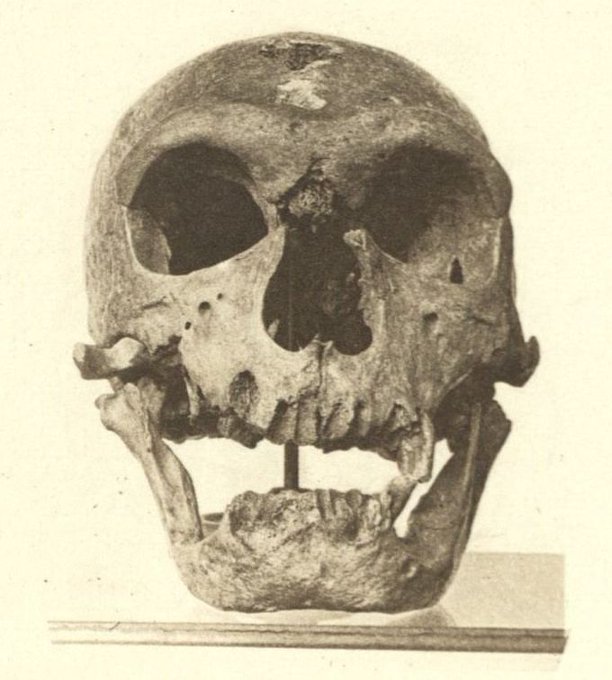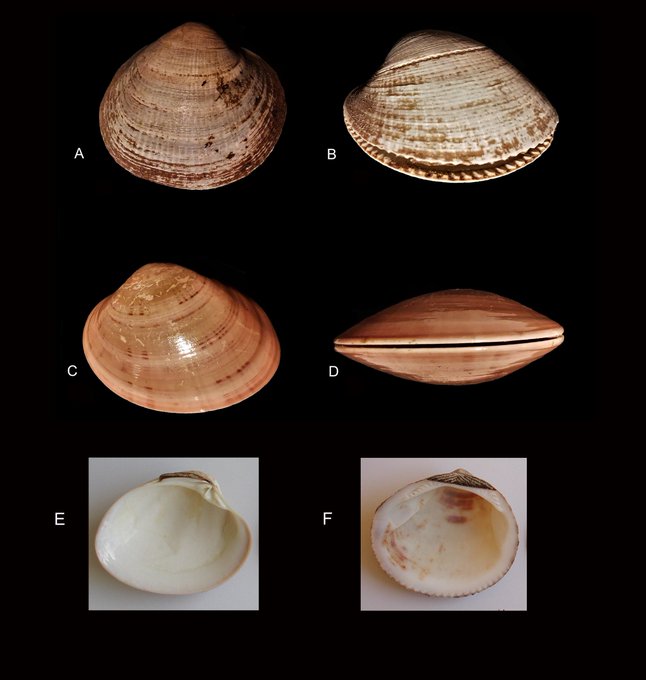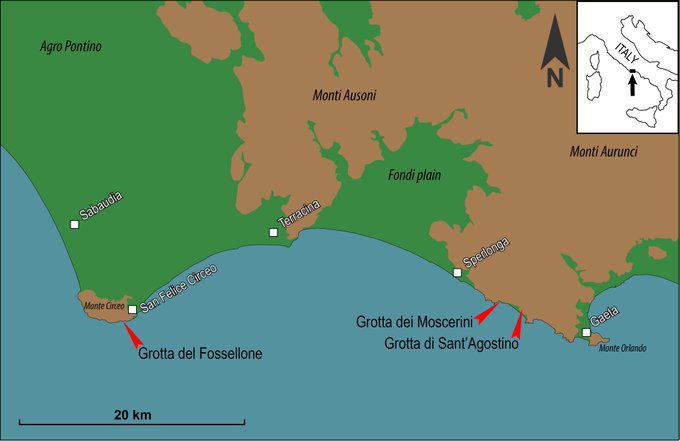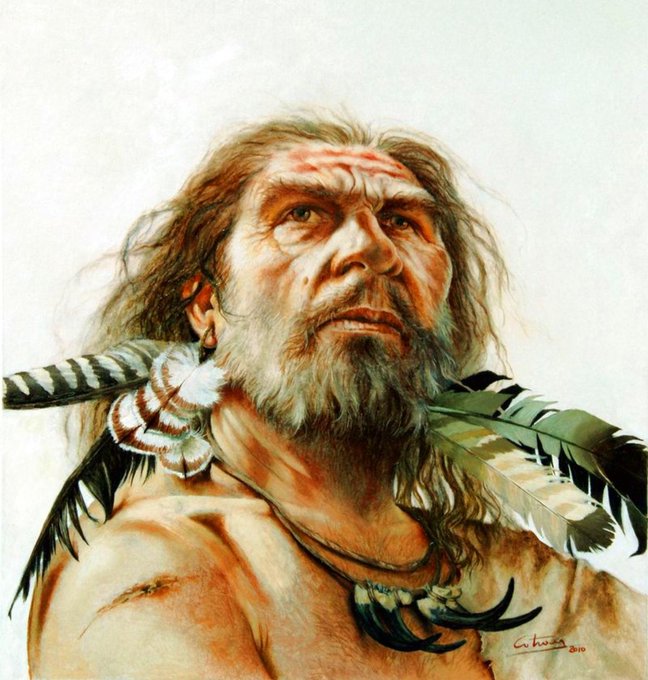paleoanthropologyのTwitterイラスト検索結果。 121 件中 6ページ目
Students of #hominin evolution quickly pick up the differences between big-toothed Paranthropus boisei and our genus, Homo. Yet there are still anatomical overlaps between these lineages that make some of the fossils from Koobi Fora challenging to interpret. #paleoanthropology
Could Australopithecus have been the first hominin genus to migrate out of Africa? We haven't found them in Eurasia yet, but this specimen from Chad suggests that they were widespread far from the East African rift and South African caves. #hominin #paleoanthropology
Fossils of Australopithecus and Homo were all obligate bipeds, but their pelvic remains do exhibit some differences. Australopithecus sediba blurs the boundary. With its Homo-like pelvis, this species may be a closer human relative. #hominin #paleoanthropology
Uncovering more evidence that modern humans arose amid great genetic and morphological diversity in Africa, we look at fossils like the Eliye Springs skull with new eyes. Found in reworked deposits, the age of this ancient-looking skull is unknown. #hominin #paleoanthropology
More and more, we rely on molecular data from DNA and protein to understand ancient #hominin populations. Fahu Chen and coworkers identified Denisovan-like protein sequence in the dentin of this mandibular fragment from Xiahe, China. #paleoanthropology
Many of the most important fossils of human relatives are distorted or fragmented. TM 1517 is the holotype of Paranthropus robustus, found in 1938. Here I've done a reconstruction by mirror-imaging the parts that survived fossilization and erosion. #paleoanthropology #hominin
KNM-ER 1470 is one of the most iconic fossils in human origins. Found in 1972 it remains an outlier: brain size larger than other large-toothed hominins. Today scientists attribute it and a handful of other fossils to Homo rudolfensis. #hominin #paleoanthropology
The Amud 1 skull was one of the first that I chose when I started drawing fossils more than 25 years ago. Today this ancient individual is more scientifically interesting than ever, at an ancient epicenter of population mixture. #FossilFriday #hominin #paleoanthropology
Homo ergaster, two variants.
I wanted to cover the ranges from hairy to a more modern looking skin. I also added face paint, because why not?
#paleoart #paleoanthropology
DM me for comissions.
#OnThisDay in 1908, a pickaxe struck the side of a remarkable skull. It was the discovery of the Neanderthal known as the Old Man from La Chapelle, one of the most important specimens in the history of paleoanthropology. https://t.co/zv9FthqNzP #fossils
Australopithecus sediba Used Their Hands for Both Climbing and Human-Like Manipulation
https://t.co/iczz44kkpk
#paleoanthropology #anthropology #science
#15January #January15 #15Gennaio 2020
Neandertals on the beach: Use of marine resources at Grotta dei Moscerini (Latium, Italy)
Villa P. et al. via journals.plos
https://t.co/LLMiQv7QHJ
#Seashells #Archaeology #Paleoanthropology #Neandertal #Neanderthal @FemoraleShells
I'm super excited to visit @PerotMuseum in a couple of weeks for a #scicomm conference centered around paleoanthropology! In addition to what promises to be a great discussion, I can't wait to see the fascinating origins exhibit (complete with #fossils on loan from South Africa).
#OnThisDay in 1908, a pickaxe struck the side of a remarkable skull. It was the discovery of the Neanderthal known as the Old Man from La Chapelle, one of the most important specimens in the history of paleoanthropology. #fossils https://t.co/PZpEKfSiqe
Viajando al pasado con Afton Kern de la mano de @Carlosdino88 https://t.co/G7peKjQGp9 #dinosaur #paleoanthropology #illustration
Australopithecus Mothers Breastfed Their Infants for Year after Birth
https://t.co/VDOB8JtiSC
#anthropology #paleoanthropology #science
Did Nearby Supernovae Induce Hominins to Walk on Two Legs?
https://t.co/94wxShZ7So
#anthropology #paleoanthropology #astronomy #science
#FossilFriday Homo neanderthalensis divided the work by sexes, they knew the medicinal use of certain plants, their diet included mushrooms, pine nuts and moss, and they would have practiced cannibalism. #Paleontology #Paleoanthropology #Hominines #Neandertals #NatHist #Museum
‘Denisova 11’ Individual Had Neanderthal Mother and Denisovan Father
https://t.co/VUY0cRBdLc
#genetics #paleoanthropology #science
#OnThisDay in 1908, a pickaxe struck the side of a remarkable skull. It was the discovery of the Neanderthal known as the Old Man from La Chapelle, one of the most important specimens in the history of paleoanthropology. #fossils





































